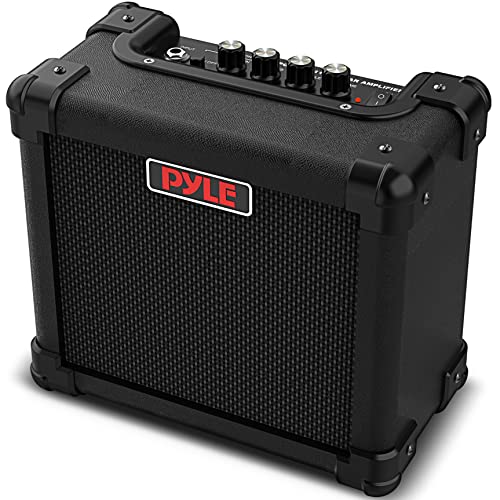Hi all.
As the title says… and it’s not tube related. I’ve swapped and cycled.
I’ve been poking around with this thing lately: first of all doing a cap job, which was successful (but am unlikely to do that myself again due to how hard these things are to work on) then a bias pot mod which was also somewhat successful. This I’ve covered in another thread.
Initially the amp sounded great, but sometime during my messing around with the bias mod issues the amp started sounding poor on the lead channel only. It is lacking volume and gain. When you switch back to clean it increases significantly in volume.
Anyone have any idea what it could be?
I’ve bought a red stripe recently, which is off its head good, so I’m selling the blue stripe. I’d like to get this sorted out before I find a buyer.
Cheers
As the title says… and it’s not tube related. I’ve swapped and cycled.
I’ve been poking around with this thing lately: first of all doing a cap job, which was successful (but am unlikely to do that myself again due to how hard these things are to work on) then a bias pot mod which was also somewhat successful. This I’ve covered in another thread.
Initially the amp sounded great, but sometime during my messing around with the bias mod issues the amp started sounding poor on the lead channel only. It is lacking volume and gain. When you switch back to clean it increases significantly in volume.
Anyone have any idea what it could be?
I’ve bought a red stripe recently, which is off its head good, so I’m selling the blue stripe. I’d like to get this sorted out before I find a buyer.
Cheers





















